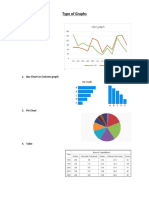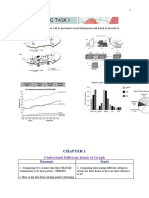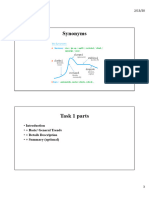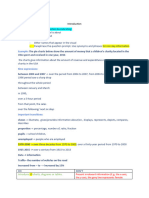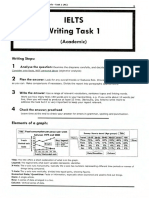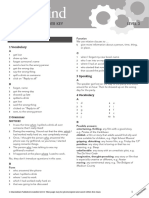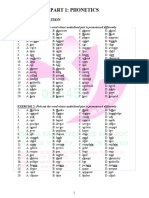0% found this document useful (0 votes)
37 views9 pagesELG31513 Lesson 04 Part II
The document is a lesson on academic writing skills focused on interpreting data and describing trends using various types of graphs and charts. It includes activities for matching verbs to movements, using prepositions, and structuring paragraphs for describing data. Additionally, it provides examples and exercises for analyzing line graphs, bar graphs, and pie charts, emphasizing the importance of clear comparisons and trend descriptions.
Uploaded by
Ayesha DilrukshiCopyright
© © All Rights Reserved
We take content rights seriously. If you suspect this is your content, claim it here.
Available Formats
Download as PDF, TXT or read online on Scribd
0% found this document useful (0 votes)
37 views9 pagesELG31513 Lesson 04 Part II
The document is a lesson on academic writing skills focused on interpreting data and describing trends using various types of graphs and charts. It includes activities for matching verbs to movements, using prepositions, and structuring paragraphs for describing data. Additionally, it provides examples and exercises for analyzing line graphs, bar graphs, and pie charts, emphasizing the importance of clear comparisons and trend descriptions.
Uploaded by
Ayesha DilrukshiCopyright
© © All Rights Reserved
We take content rights seriously. If you suspect this is your content, claim it here.
Available Formats
Download as PDF, TXT or read online on Scribd
/ 9












